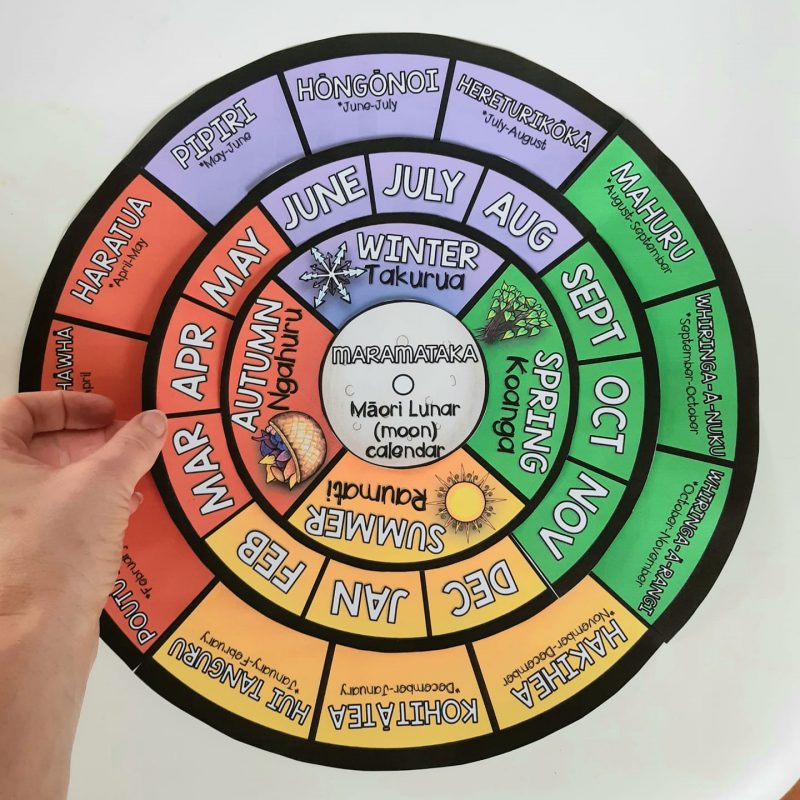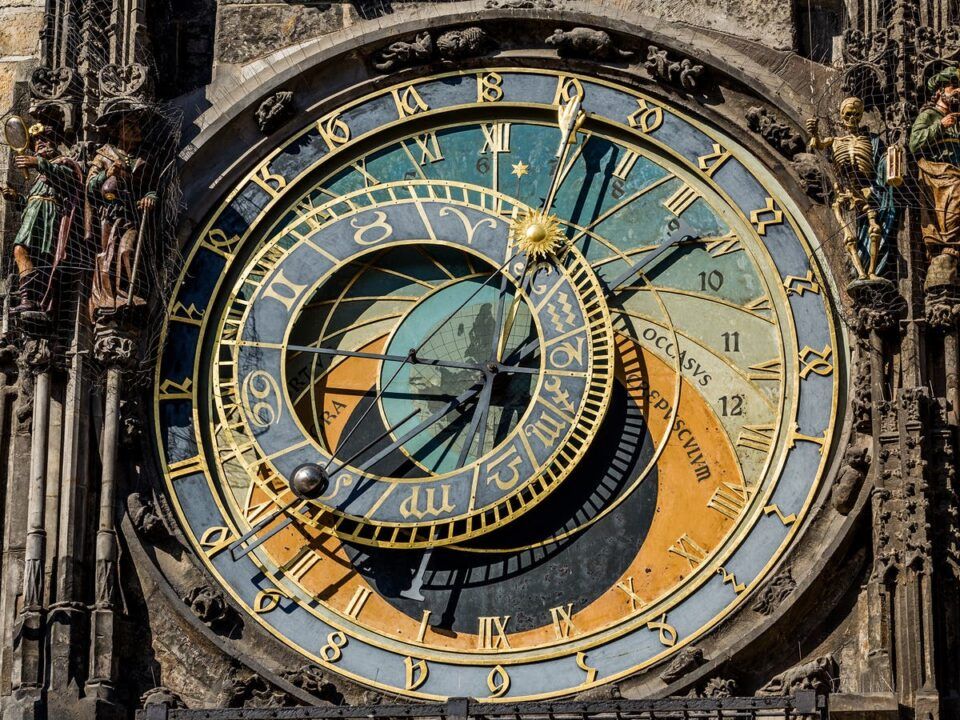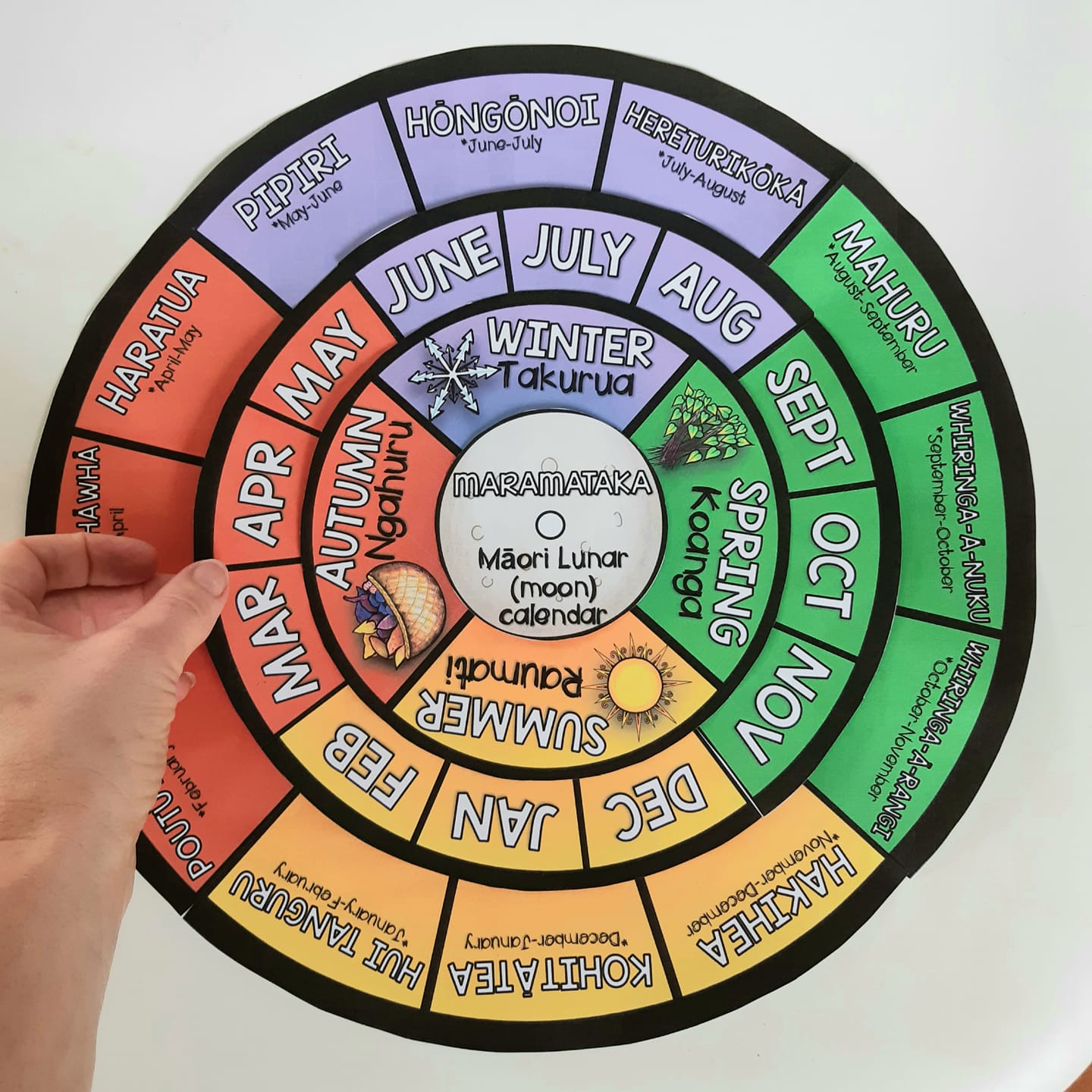
The Gregorian calendar is a solar calendar system that is widely used around the world today. It was introduced by Pope Gregory XIII in 1582 to correct errors in the Julian calendar, which was created in 45 BCE by Julius Caesar.
The Julian Calendar

The Julian calendar was based on a 365-day year, with an extra day added every four years to account for the extra quarter-day in the solar year. However, this system resulted in an error of about 11 minutes per year, which added up to a significant discrepancy over time. By the 16th century, the Julian calendar was off by about 10 days.
The Need for the Gregorian Calendar

The discrepancy in the Julian calendar was causing problems for the Church, as it was affecting the date of Easter. The Church decided that a new calendar system was needed to correct the error and bring the date of Easter back in line with its original date.
The Creation of the Gregorian Calendar

In 1582, Pope Gregory XIII introduced the Gregorian calendar, which made several changes to the Julian calendar. The first change was the removal of the leap year in years ending in "00" that were not divisible by 400. This change reduced the error to only 26 seconds per year.
The second change was the adjustment of the date of the equinox, which had been drifting earlier each year due to the discrepancy in the Julian calendar. Gregory XIII ordered that 10 days be removed from the calendar to bring it back in line with the solar year. The day after October 4, 1582 was October 15, 1582.
The Adoption of the Gregorian Calendar

The adoption of the Gregorian calendar was not immediate. Some countries, such as England and its colonies, did not adopt the new calendar until much later. In fact, it wasn't until 1752 that England and its colonies made the switch, causing a discrepancy of 11 days between the calendars.
Today, the Gregorian calendar is the most widely used calendar system in the world, and it is used for civil and international purposes. It has a 365-day year, with an extra day added every four years, except for years ending in "00" that are not divisible by 400.
Conclusion
The Gregorian calendar was created in 1582 by Pope Gregory XIII to correct errors in the Julian calendar. The new calendar system made several changes, including the removal of the leap year in years ending in "00" that were not divisible by 400 and the adjustment of the date of the equinox. The adoption of the Gregorian calendar was not immediate, but today it is the most widely used calendar system in the world.